Composting is a great way to make your daily life more eco-friendly. Instead of throwing food scraps and other biodegradable items in the trash, where it will end up in the landfill, you can compost these items instead. Composting is fairly easy, and with a good setup, it can quickly become part of your daily household habits.
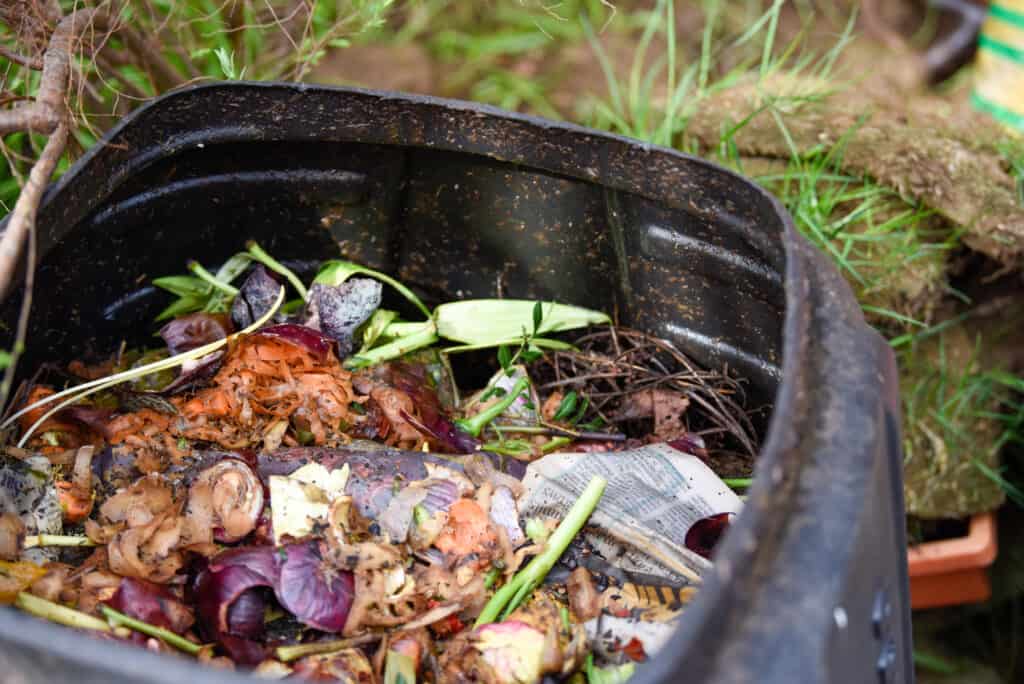
What You’ll Need
~ Compost Bin
~ Compost Crock
~ Tools for turning the compost
~ optional – compost accelerator
You don’t need much to get started. The main thing you’ll need is a compost bin, which you can purchase at places like a garden center. You can also find nice compost bins online such as the Soil Saver Classic Compost bin or the Redmon Culture 65 Gallon Compost Bin at stores such as Amazon or Gardener’s supply.
I also recommend a countertop composting crock. This way, you can have a container for kitchen scraps that you only have to empty periodically. The bin can go on the counter, under the sink, or wherever is convenient. Once it is full, you can bring it outdoors to the compost bin.
How to Get Started
Start by setting up your compost bin outdoors. You will want to pick somewhere convenient, since you will have to take out the compost regularly. However, you may not want it too close to your home either, as it may not be particularly attractive. The compost bin should not have a regular bad odor, but it can also put off some smell especially when it is freshly turned.
Once you have selected your location outdoors, be sure to have a collection system in place indoors. A ceramic or stainless steel compost crock can be placed on a countertop or under the sink, and gives you a place to collect scraps without having to constantly run back and forth to the compost bin.
There are also systems like the BioBag Composting Bucket, which comes with compostable liners, so that you aren’t constantly washing out a smelly composting crock.
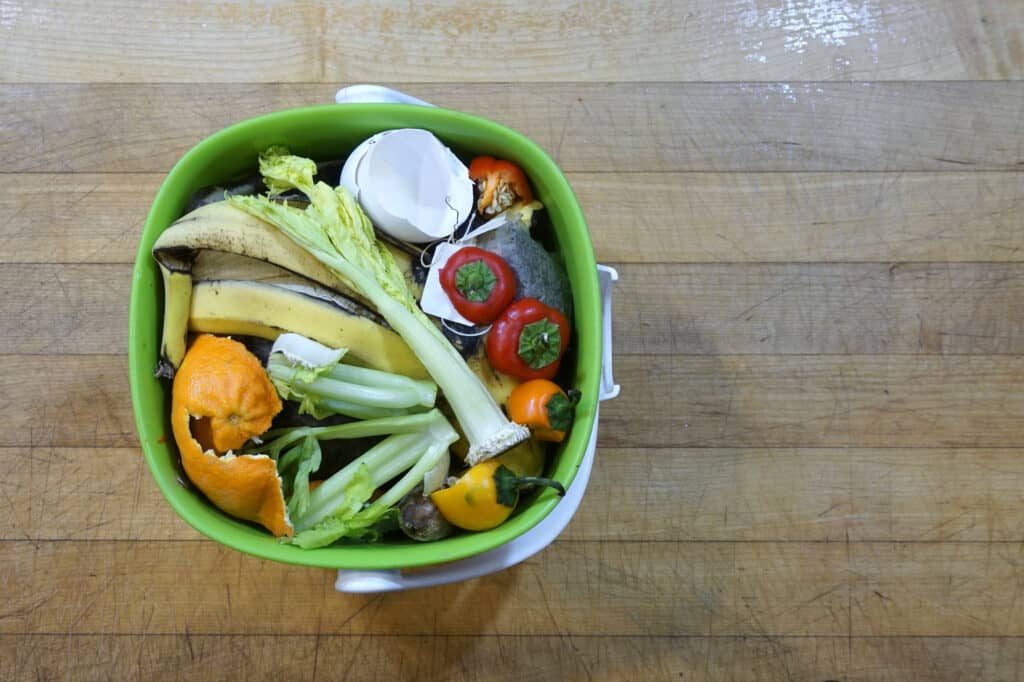
Tips
Be sure to turn your compost regularly.
Make sure that the compost is not completely dry or completely saturated. You will want the mix to be moderately moist.
You can add in some yard waste, such as grass clippings or leaves, but not too much, as you will want to have a good balance.
Avoid items that may not biodegrade well, such as coconut shells. You can also chop up larger or more solid items to aid in the composting process, such as corn cobs.
It may take a while to build up enough material to have an activity decomposing compost pile. However, you can use a compost accelerator as needed to start or aid in the process.
Some other tips to be more eco-friendly:
How to Have a More Eco-Friendly Work Day
How to Make Your College Dorm More Eco-Friendly

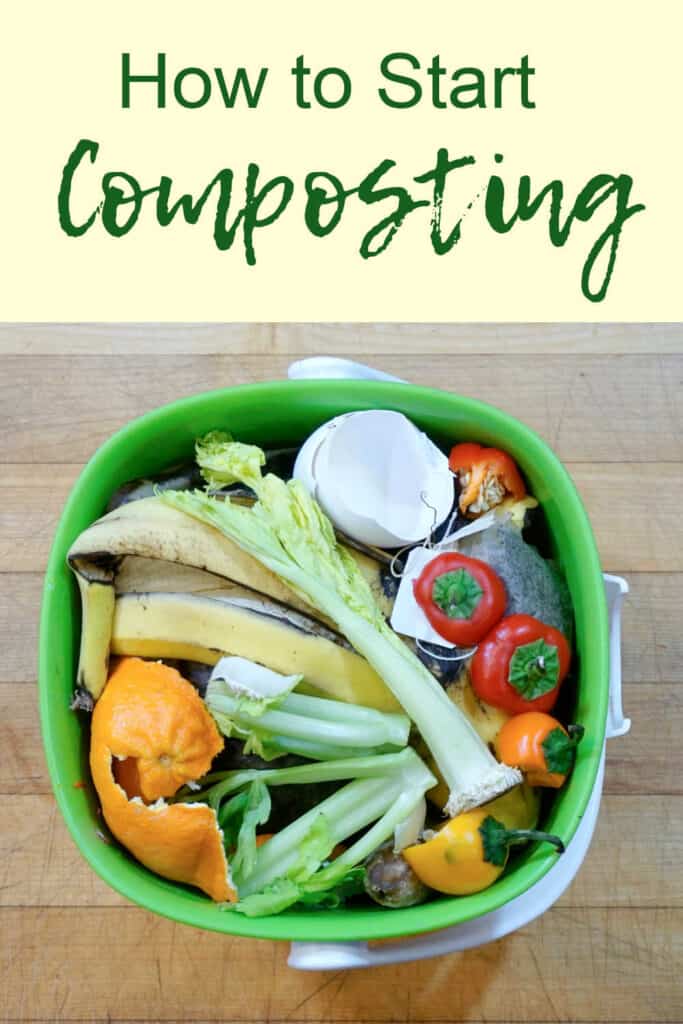
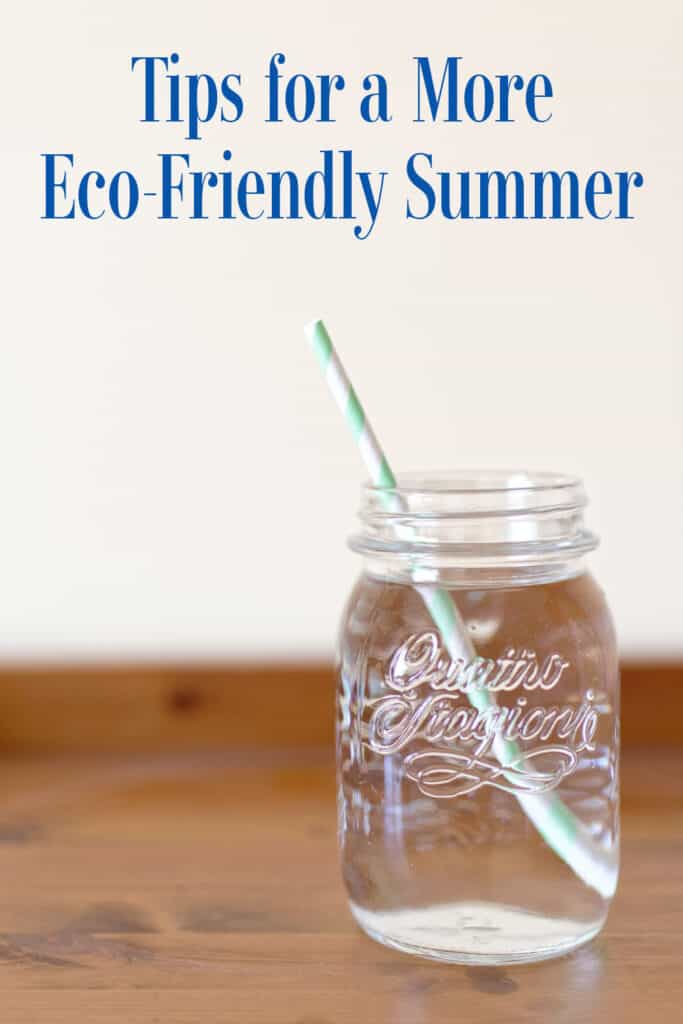
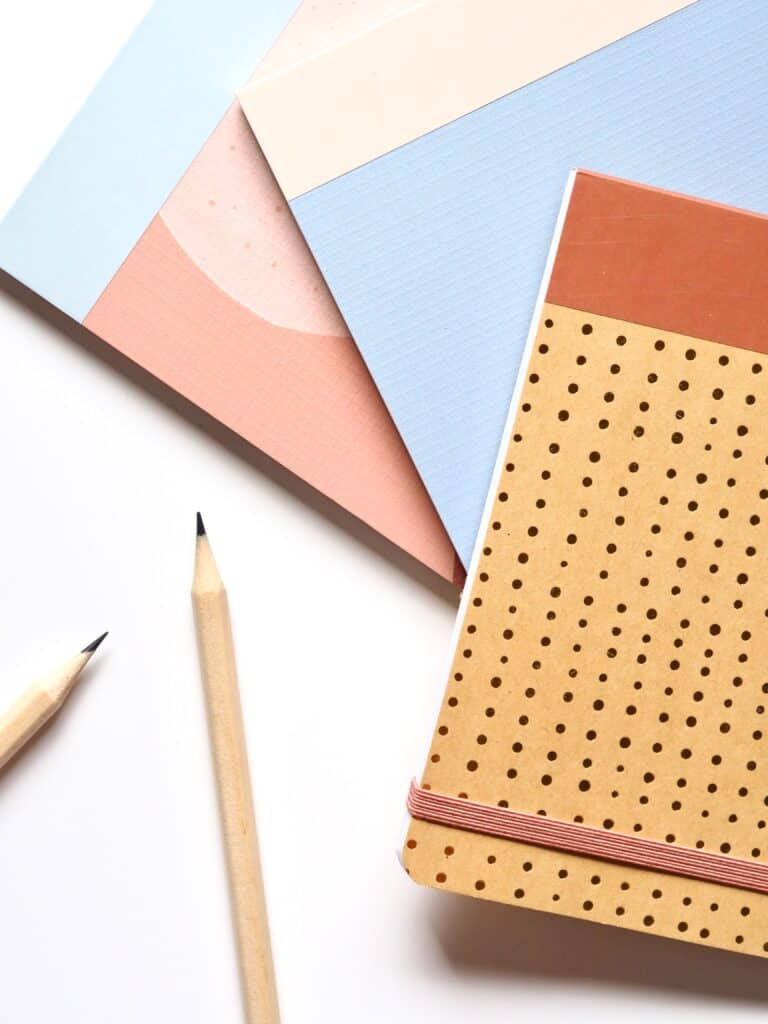

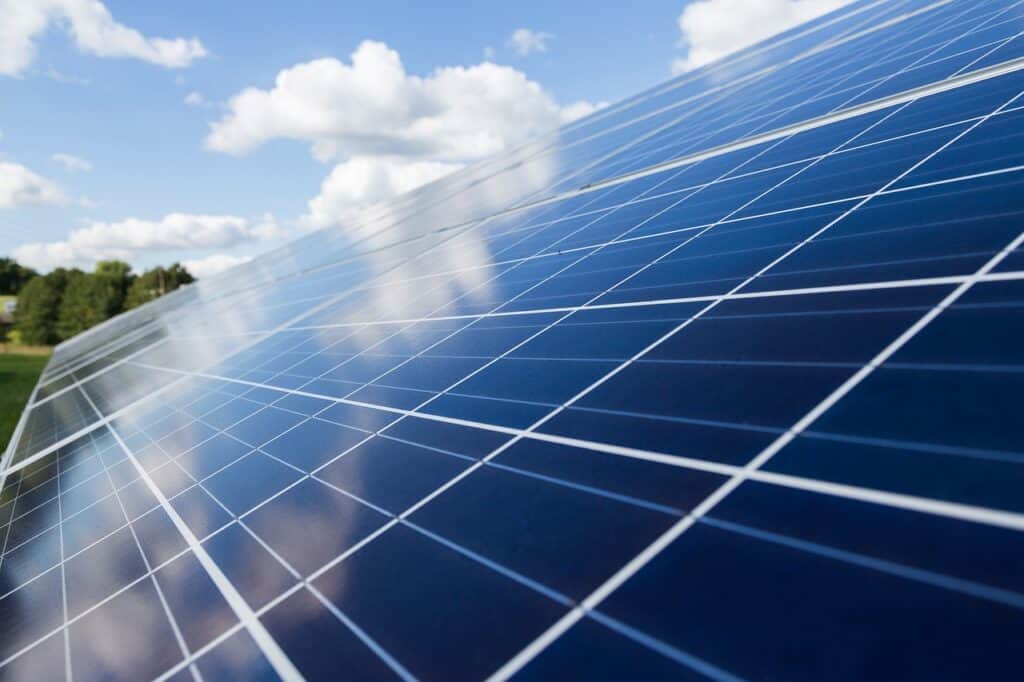
I have a composting drum out back, and I love it. It’s better for the environment, and I get some great dirt for the garden!
This is a super helpful post, I’ve been interested in composting but I currently live in an apartment so it’s not as accessible. Still, there’s a lot of great knowledge here!
We have been composting for years now and it’s so great to have it ready in the spring when we replant after the chance of freeze is gone! I have 3 drums that are on an axis so we just have to turn them when we add something. Then I have a small bin in the house that we fill in the kitchen before taking out to the larger bins.
I’ve never considered composting before because I don’t have a green thumb. However, you have me very intrigued to think about setting this as a new goal.
I agree it is a great blog post! We have a container for compost, but I never used it. Simply I don’t know all rules and it seems complicated. Thank you for the helpful tips.
This is something I really want to do when we move again. It is a great way to make good use of kitchen waste and to help support the plants in your garden.
We’ve discussed starting to compost in my home but I wasn’t sure where to start. This is the best article I’ve found to date – thanks!
This is helpful. We are actually thinking of starting a compost to help manage our garbage. Thank you for sharing this guide. This is very helpful.
Such a great way to help prevent extra waste & it is so good for the garden! I need to start doing this. Thanks for the information!
My mother in law was composting when it wasn’t even trendy. It’s become kind of the norm for everyone else following her lead. 🙂
Seem easy to do and something good to help the environment. I will try to do this.
It is great to have a guide like this to help us comprehend the process of composting, which is a great way to handle our garbage.
What I do is that all I throw all the fresh vegetable scraps out into the soil in our backyard. As for the actualy cooked food, I have second thoughts about it because I don’t want to invite rats to our house.
Ooohhhh…it can be this easy? I think I have a spare large container that I can use for this. Thanks for your guide.
Starting composting is a joyful journey! Begin by collecting kitchen scraps like fruit peels and coffee grounds. Mix in brown materials such as leaves or shredded newspaper for balance. Turn the compost regularly for aeration. Stay patient; nature does its magic! Your garden will thank you for nutrient-rich compost, reducing waste and nurturing the earth. Happy composting!
I am trying to become a better plant mom! So these tips will truly help me bring together nutrients dense soil! And reduce waste at the same time. Can’t wait to try this!